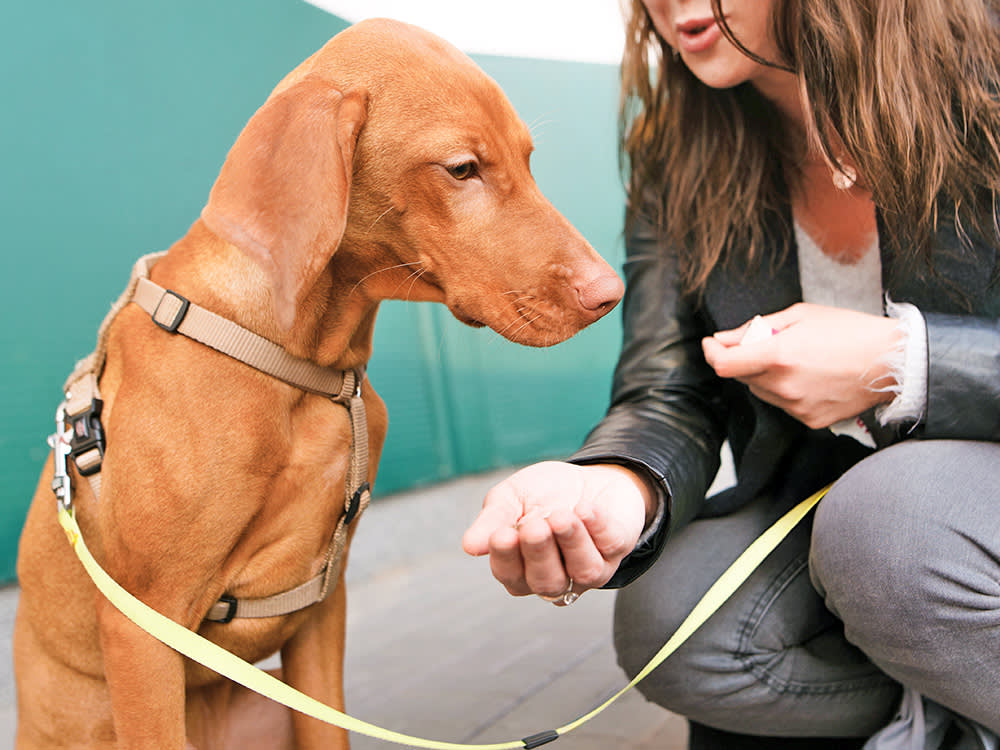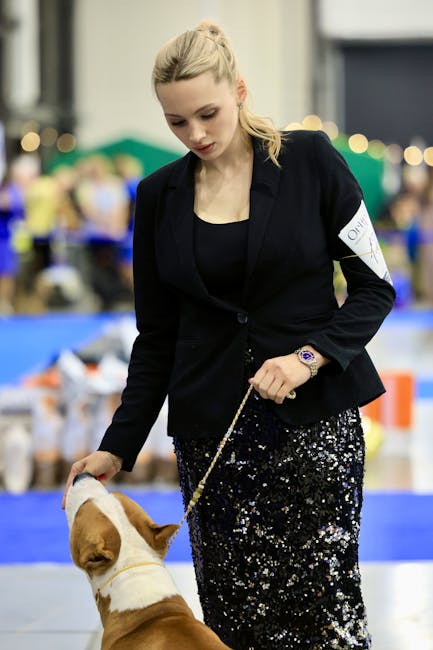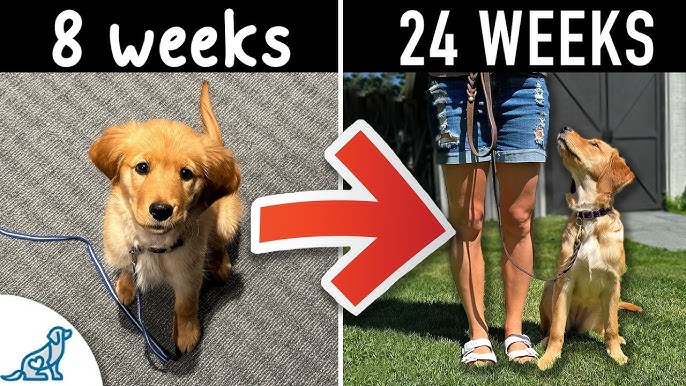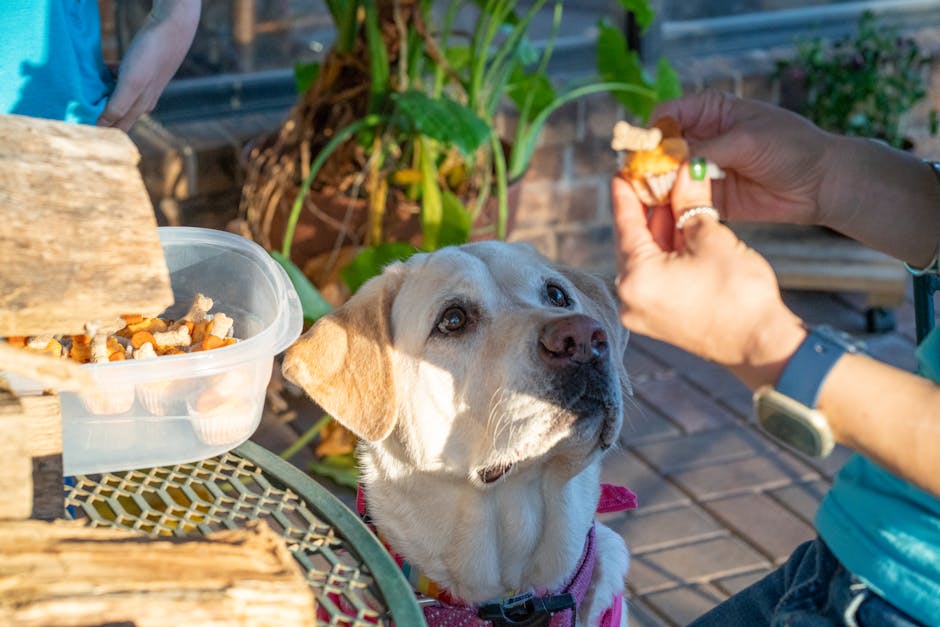If you’ve ever wondered, “How long does dog obedience training take?” You’re not alone.
You want your furry friend to listen, behave, and be a joy to be around—but you also want to know how much time and effort it will really take. The truth is, training your dog isn’t just about days or weeks; it’s about understanding the process and what you can expect along the way.
You’ll discover clear answers and practical tips that will help you set realistic goals and enjoy every step of training your dog. Ready to find out what it takes to turn your dog into a well-behaved companion? Let’s dive in.

Credit: k9connoisseur.com
Factors Influencing Training Duration
Several factors affect how long dog obedience training takes. Each dog learns at its own pace. Understanding these factors helps set realistic expectations. Training duration varies widely based on the dog’s traits and the training approach.
Breed Characteristics
Different breeds have different learning styles. Some breeds are naturally eager to please. Others may be more independent or stubborn. Working breeds often learn commands quickly. Small companion breeds might need more patience. Breed traits influence attention span and motivation.
Age And Temperament
Puppies usually pick up commands faster than older dogs. Young dogs are more adaptable and curious. Older dogs may need extra time to unlearn bad habits. A calm temperament helps dogs focus during sessions. Nervous or shy dogs might take longer to trust and respond.
Training Goals
Basic obedience skills take less time to teach. Advanced commands and tricks require consistent practice. Behavioral issues like aggression need specialized training. Simple goals may be met in a few weeks. Complex goals can extend training by months. Clear goals guide the pace and methods used.
Typical Training Phases
Dog obedience training usually unfolds in distinct phases. Understanding these stages helps set realistic expectations for your dog’s progress. It also allows you to tailor your approach to fit your dog’s learning pace and personality.
Initial Learning Stage
This phase is all about introducing basic commands like sit, stay, and come. Your dog is just starting to understand what you want. Short, frequent sessions work best here to keep their attention.
Consistency is key. Use clear signals and rewards immediately after your dog follows a command. Have you noticed how some dogs pick up commands faster when you use treats they really love?
Intermediate Practice Stage
Now your dog begins to practice commands in different environments. Distractions increase, making obedience more challenging. This is where patience truly pays off.
Repeating commands in various settings teaches your dog to listen no matter what’s happening around them. You might find it helpful to vary your rewards to keep motivation high. What distractions does your dog struggle with the most?
Advanced Mastery Stage
At this stage, your dog responds reliably, even under high distraction or stress. Training shifts from basic obedience to refining skills and adding complexity. This is the phase where your dog really shines.
Regular practice keeps skills sharp. You can also introduce new tricks or off-leash commands. How confident would you feel letting your dog off leash after consistent training?
Role Of Consistency In Training
Consistency plays a crucial role in how quickly your dog picks up obedience skills. Without steady practice, your dog may get confused or lose interest. Think of consistency as the backbone that supports every training effort you make.
Daily Practice Importance
Training your dog every day, even for just 5-10 minutes, builds a routine that your dog can rely on. This regular interaction helps your dog understand what you expect and strengthens the behaviors you want to encourage.
Skipping days can lead to setbacks. Imagine teaching your dog to sit, then stopping for a week; your dog might forget or test boundaries again. Daily practice keeps skills fresh and improves focus.
Reinforcement Techniques
Using reinforcement techniques consistently helps your dog connect actions with rewards. Positive reinforcement, like treats or praise, encourages your dog to repeat good behavior.
Try to apply the same rewards and commands every time. If you reward your dog for sitting sometimes but ignore it other times, your dog may get confused about what’s expected. Consistent reinforcement speeds up learning and builds trust between you and your dog.
Professional Vs. Diy Training
Choosing between professional dog obedience training and a DIY approach can significantly impact how quickly your dog learns new commands and behaves well. Both options come with their own set of advantages and challenges, and understanding these can help you decide which path suits your dog’s needs and your lifestyle best. Let’s break down what you can expect from each.
Benefits Of Professional Trainers
Professional trainers bring years of experience and a deep understanding of dog behavior to the table. They can quickly identify your dog’s specific challenges and tailor the training accordingly.
They often use proven techniques that speed up the learning process. Plus, their environment minimizes distractions, which helps your dog focus better during sessions.
Working with a professional also means you get guided support. They show you how to reinforce commands at home, which makes the training more consistent and effective.
Diy Training Tips
Training your dog yourself can be rewarding and budget-friendly, but it requires patience and consistency. Start with short, daily sessions to keep your dog engaged without overwhelming them.
Use clear, simple commands and reward good behavior immediately with treats or praise. This positive reinforcement helps your dog understand what you expect.
Set realistic goals and track progress. If your dog struggles with a particular command, try breaking it down into smaller steps. Have you noticed how breaking a task into tiny parts makes it easier for your dog to learn?
Common Challenges And Solutions
Training your dog is rarely a straight path. You’ll face hurdles that test your patience and problem-solving skills. Understanding common challenges and their solutions will help you stay on track and make progress more enjoyable for both you and your dog.
Addressing Behavioral Issues
Behavioral problems like excessive barking, chewing, or jumping can slow down training progress. Instead of ignoring these behaviors, tackle them head-on by identifying triggers. For example, if your dog barks at strangers, gradually expose them to visitors in a controlled way while rewarding calm behavior.
Consistency is key. If you let bad behavior slide sometimes, your dog gets mixed signals. Set clear rules and stick to them, and make sure everyone in your household does the same. This united approach helps your dog understand what’s expected.
Overcoming Training Plateaus
Have you noticed your dog suddenly stops improving, despite your efforts? This plateau is common and often happens because the training becomes too predictable or boring. Try changing the environment, adding new challenges, or switching up rewards to keep your dog engaged.
Patience is crucial during this phase. Progress may slow, but it doesn’t mean your efforts are wasted. Use this time to reinforce basics and celebrate small wins. Sometimes, a short break or a fun game can reignite your dog’s motivation and push training forward.

Credit: doggyvilleindia.in
Expert Tips For Efficient Training
Efficient dog obedience training saves time and builds a strong bond. Experts agree that clear goals and consistent effort lead to better results. This section shares practical tips to help you train your dog faster and smarter.
Setting Realistic Expectations
Training takes time. Each dog learns at its own pace. Puppies often pick up commands faster than older dogs. Some breeds are more eager to please, which helps speed up learning. Set small, clear goals. Celebrate progress, not perfection. Expect some mistakes along the way. Patience reduces frustration and keeps training fun for both of you.
Tailoring Training Methods
Every dog responds to different techniques. Use positive reinforcement like treats and praise. Avoid harsh punishments, which can cause fear. Watch your dog’s reactions to find what works best. Short, frequent sessions keep your dog focused. Change commands or rewards if your dog loses interest. Personalizing training increases success and strengthens your relationship.

Credit: www.kinship.com
Frequently Asked Questions
How Long Does Basic Dog Obedience Training Take?
Basic dog obedience training typically takes 6 to 8 weeks. Consistent daily practice and positive reinforcement speed up learning. Results depend on the dog’s age, breed, and previous training experience.
When Will My Dog Learn Advanced Obedience Commands?
Advanced obedience training can take 3 to 6 months. It requires patience, regular practice, and gradual skill-building. Dogs need time to master complex commands beyond basic obedience.
Does Puppy Training Duration Differ From Adult Dogs?
Yes, puppy training usually takes less time than adult dog training. Puppies learn quickly but need short, frequent sessions. Adults may require more patience due to established habits.
How Often Should Obedience Training Sessions Be?
Training sessions should be short and frequent, about 10 to 15 minutes daily. Consistency is key to reinforcing commands and improving retention. Avoid long sessions to prevent dog fatigue.
Conclusion
Training a dog takes time and patience. Every dog learns at its own pace. Consistent practice helps your dog understand commands better. Small daily sessions work best for learning. Rewards and praise keep your dog motivated. Expect progress in a few weeks or months.
Stay calm and enjoy the journey together. Good training builds trust and a strong bond. Keep your goals clear and realistic. Your dog will grow into a well-behaved companion.






